SWPPP and Stilt Fence Installation
Protect your property from unwanted stormwater by hiring Grass Plus, Inc. for SWPPP creation and stilt fence installation services.
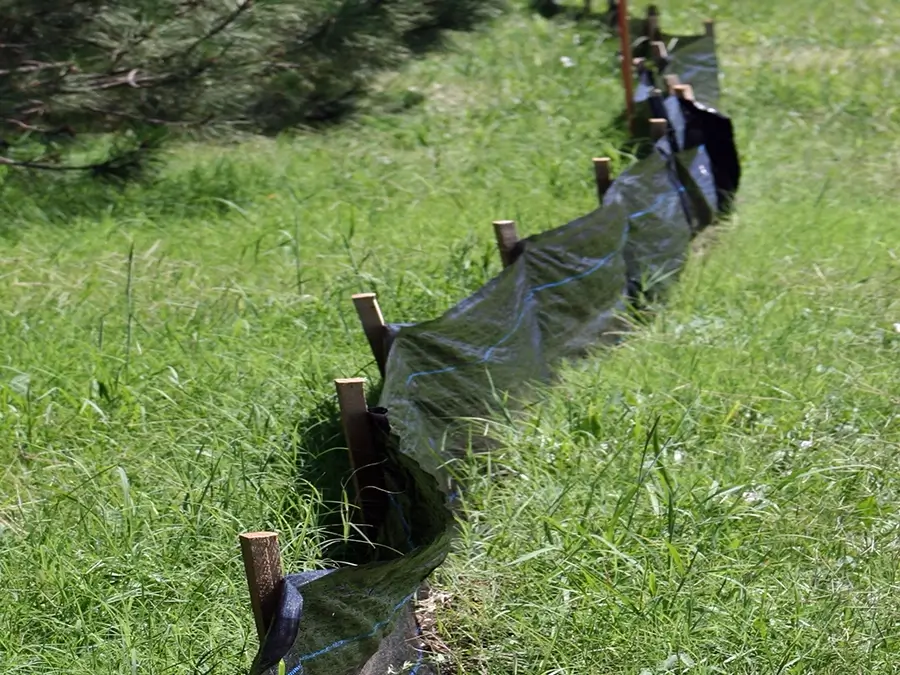
Trusted SWPPP and Stilt Fence Installation Service
At Grass Plus Inc, we provide clients with quality SWPPPs and stilt fences. With over 35 years of experience, our services ensure environmental protection and regulatory adherence. With our expertise, we guarantee exceptional pollution prevention and reliable stormwater management solutions.
At Grass Plus Inc, we provide clients with quality SWPPPs and stilt fences. With over 35 years of experience, our services ensure environmental protection and regulatory adherence. With our expertise, we guarantee exceptional pollution prevention and reliable stormwater management solutions.
The Importance of a Proper SWPPP
An SWPPP is needed to be able to effectively manage and control stormwater runoff on construction sites or industrial facilities. Here are some reasons why an SWPPP is necessary:
1. Ensures Regulatory Compliance
An SWPPP helps companies or construction sites comply with regulatory requirements by outlining the necessary measures and best management practices (BMPs) to control stormwater runoff and prevent pollution. It allows site operators to avoid fines and penalties associated with non-compliance.
2. Prevents Pollution
By implementing an SWPPP, companies can prevent the discharge of pollutants into water bodies. The plan includes specific actions and strategies to minimize sediment, chemicals, oils, and debris in stormwater runoff, protecting the environment and maintaining water quality.
3. Protects the Environment
An SWPPP plays a crucial role in safeguarding natural resources. It promotes responsible management of stormwater runoff, ensures the preservation of aquatic habitats, supports biodiversity, and prevents the degradation of ecosystems.
4. Mitigates Risks
Active implementation of an SWPPP helps mitigate risks associated with stormwater runoff. The plan includes erosion control measures and stormwater management strategies that minimize the potential for soil erosion, sedimentation, and flooding. In return, it reduces the risk of property damage and downstream impacts.
5. Meets Stakeholder Expectations
Having an SWPPP on hand demonstrates a company’s commitment to sustainable practices and environmental stewardship. It aligns with the expectations of clients, project owners, and the public, enhancing relationships, building trust, and improving the organization’s overall reputation.
Other Reclamation & Erosion Control Services
Get In Touch
- Email Us
- (801) 394-2244
-
554 E. 2200 N. Eden,
UT 84310 -
Monday to Friday,
9 AM to 5 PM
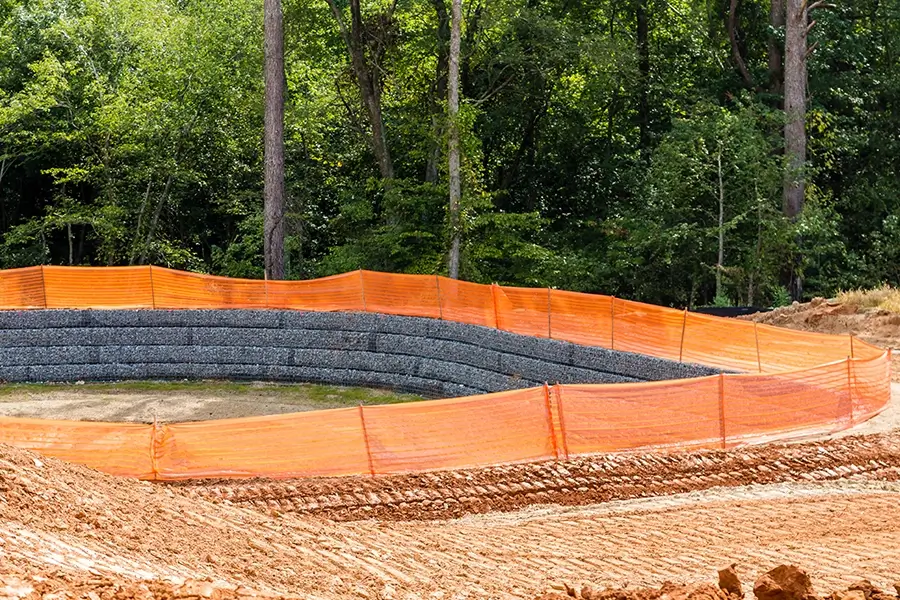
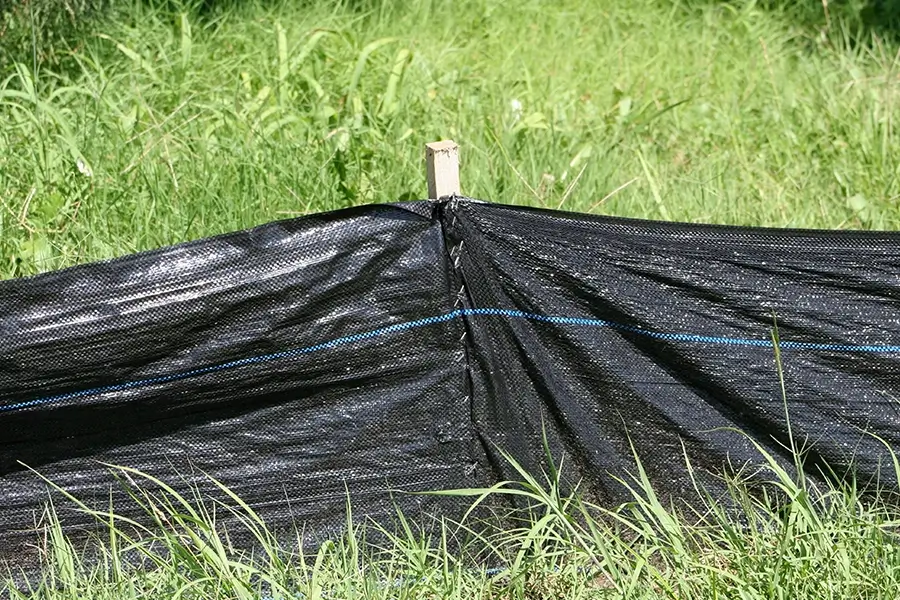

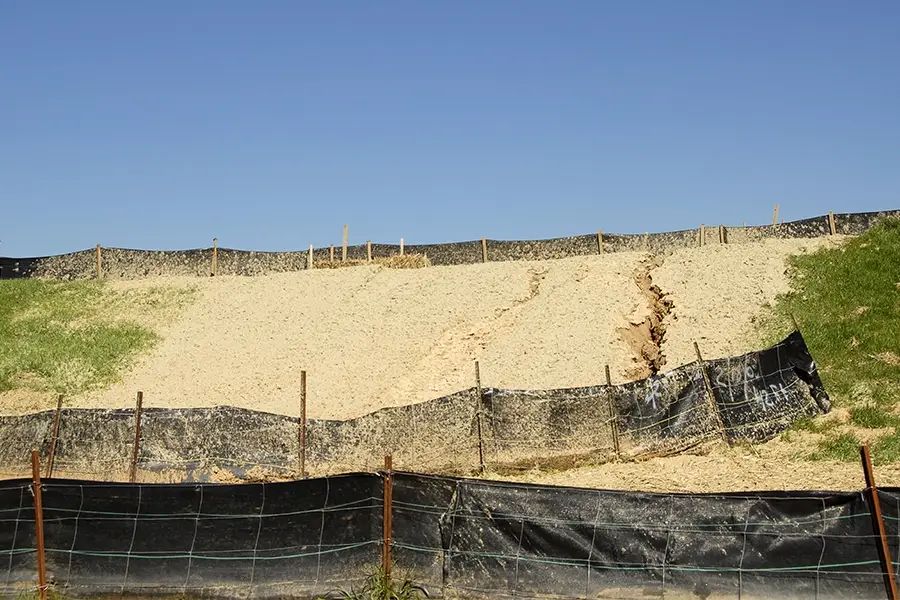
Creating Beautiful Utah Landscapes Since 1993
The Importance of Proper Stilt Fence Installation
1. Erosion Control
Stilt fence installation is essential to prevent erosion in areas with sloping terrain or susceptible to soil displacement. By interrupting the flow of water and slowing down runoff, stilt fences help to reduce the erosive force and minimize soil loss, protecting the integrity of the land.
2. Sediment Management
It effectively manages sediment runoff, particularly in construction sites or areas undergoing land development. They act as barriers, trapping sediments within their structure and preventing them from reaching nearby water bodies. This helps maintain water quality and to avoid pollution.
3. Regulatory Compliance
Proper installation is often required to meet regulatory erosion and sediment control standards. Many construction projects and land development activities are subject to environmental regulations that mandate implementing erosion control measures. Installing stilt fences ensures compliance with these regulations and avoids potential penalties.
4. Site Stabilization
They provide structural support and stability to slopes, embankments, and disturbed areas. They help prevent soil slippage, land movement, and the collapse of unstable surfaces. Stilt fences contribute to site safety and prevent potential hazards by reinforcing the soil.
5. Long-Term Cost Savings
By effectively controlling erosion and sedimentation, stilt fences reduce the need for expensive regrading, reseeding, or repair work. They provide a durable and cost-effective solution for maintaining the stability of the land and minimizing future erosion-related issues.
FAQs
1. What is a SWPPP?
An SWPPP is a comprehensive plan designed to identify and manage potential sources of pollution in stormwater runoff from construction sites. It outlines BMPs and erosion control measures to prevent sediment, chemicals, and other pollutants from entering nearby water bodies.
2. What is a stilt fence?
A stilt fence is a temporary barrier installed on construction sites to control sediment runoff and erosion. It consists of a geotextile fabric stretched between wooden or metal stakes, creating a barrier that traps sediment while allowing water to pass through.
3. When is an SWPPP required?
SWPPPs are typically for construction activities that disturb one or more acres of land or for smaller projects in areas regulated by federal, state, or local stormwater regulations. The specific requirements may vary depending on the jurisdiction, so checking with the appropriate regulatory agency is important.
4. How does the stilt fence installation process work?
Stilt fence installation starts with driving wooden or metal stakes into the ground along the designated fence line. The stakes should be spaced appropriately and driven deep enough to provide stability. The geotextile fabric is then attached to the stakes to ensure it is taut and properly secured.
5. Who is responsible for creating an SWPPP?
SWPPP development lies with the project owner or the entity overseeing the construction project. You may work with a qualified professional, such as an environmental consultant or engineer, to develop an SWPPP to ensure you abide by applicable regulations.
6. Are there different types of stilt fences?
Yes, different types of stilt fences are available to accommodate various site requirements. Common types include silt fences with wooden stakes, metal-backed, and wire-backed stilt fences. Each one offers specific advantages in terms of durability, strength, and ease of installation.
7. What information does an SWPPP have?
An SWPPP includes site-specific information, erosion control measures, sediment and erosion control BMPs, spill prevention procedures, and other relevant details. It should also address potential pollutant sources and share how they will be managed and prevented from entering stormwater runoff.
8. How deep should the stakes of the stilt fence be driven into the ground?
Their level of depth into the ground depends on several factors, such as soil conditions, expected wind loads, and the height of the fence. As a general guideline, stakes should be driven at least 12 to 18 inches into the ground to ensure stability and prevent the fence from dislodging via wind or water flow.
9. Is training required for SWPPP implementation?
Yes. Training ensures that individuals understand the SWPPP requirements, proper BMP installation and maintenance techniques, and the importance of preventing stormwater pollution.
10. What are the benefits of using a stilt fence for sediment control?
Stilt fences help prevent sediment runoff from construction sites, reduce the transport of pollutants into nearby water bodies, and promote compliance with environmental regulations. They are also cost-effective, easy to install, and can be customized to suit different site conditions.
Why Choose Us
- Providing Professional and Quality Services Since 1993
- Specializing in a Diverse Range of Projects in Utah, Wyoming, Colorado, and Idaho
- Restoring and Stabilizing Your Land With Your Vision in Mind
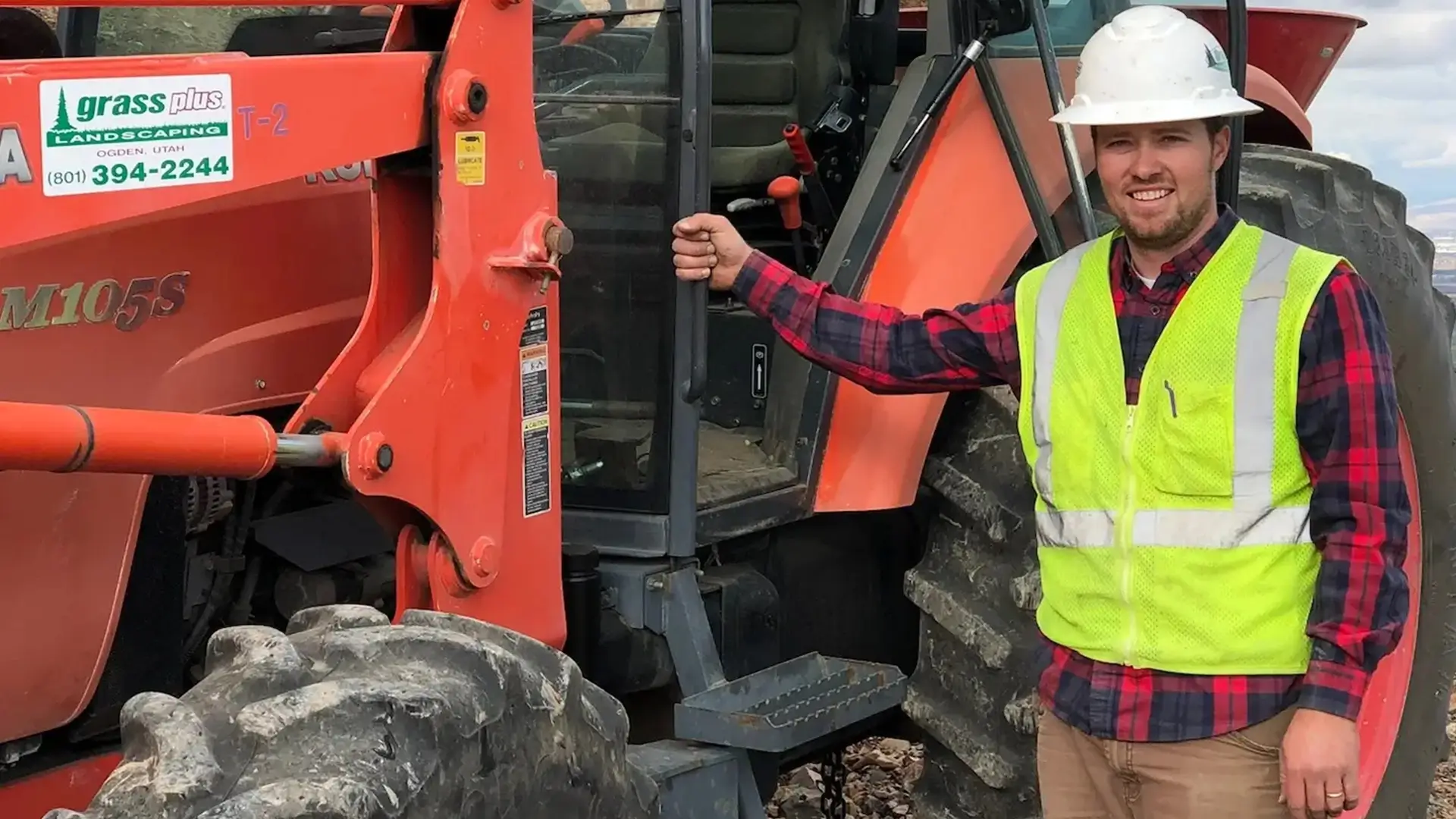
Get In Touch
- Email Us
- (801) 394-2244
-
554 E. 2200 N. Eden,
UT 84310 -
Monday to Friday,
9 AM to 5 PM
Contact Grass Plus, Inc. Today
Prevent stormwater damage and protect your land by contacting Grass Plus, Inc. today! If you have any inquiries regarding our services, contact us whenever you need to. Our staff will provide you with the information you need to hear.


